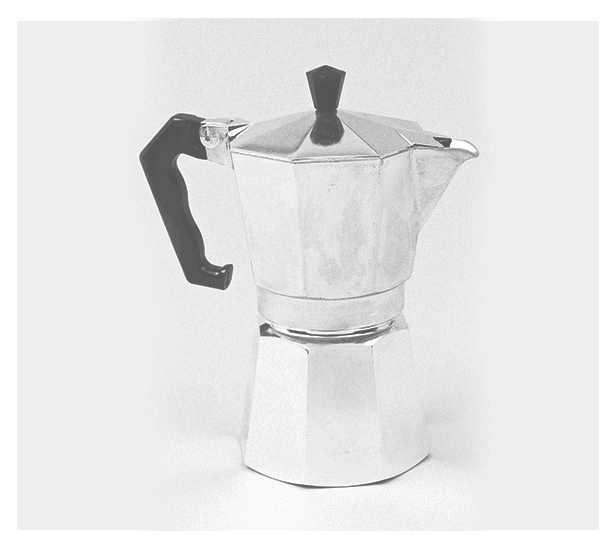
The first Italian patent was awarded by the Republic of Florence in 1421. The Florentine architect Filippo Brunelleschi received a three-year patent for a barge with hoisting gear, that carried marble along the Arno River in 1421.

The company was founded on 10 August 1932 by Ole Kirk Christiansen. The word "lego" is derived from the Danish words "leg godt", meaning "play well". Since the expiry of the last standing Lego patent in 1989, a number of companies have produced interlocking bricks that are similar to Lego bricks.

Named after the Yemeni city of Mocha, it was invented by an Italian engineer named Alfonso Bialetti in 1933. Bialetti Industries continues to produce the same model under the name "Moka Express". It has become an iconic design, displayed in modern industrial art and design museums such as the Wolfsonian-FIU, Museum of Modern Art, the Cooper–Hewitt, National Design Museum, the Design Museum and the London Science Museum.

Samuel Hopkins was an American inventor from Philadelphia, Pennsylvania. On July 31, 1790, he was granted the first U.S. patent, under the new U.S. patent statute just signed into law by President Washington on April 10, 1790. However, already in 1641, Samuel Winslow was granted the first patent in North America by the Massachusetts General Court for a new process for making salt.

Based on data from the U.S. Patent and Trademark Office, the ranking shows that IBM was granted 9,088 patents in 2018, the 26th consecutive year it has topped America's patent league.

Clarence Birdseye, the inventor of a process to freeze perishable food, in his office circa 1930. Birdseye's company quickly ran out of money, but in the mid-1920s he relocated to Gloucester, Massachusetts, a center of the fishing industry, and established a new business, General Seafoods.